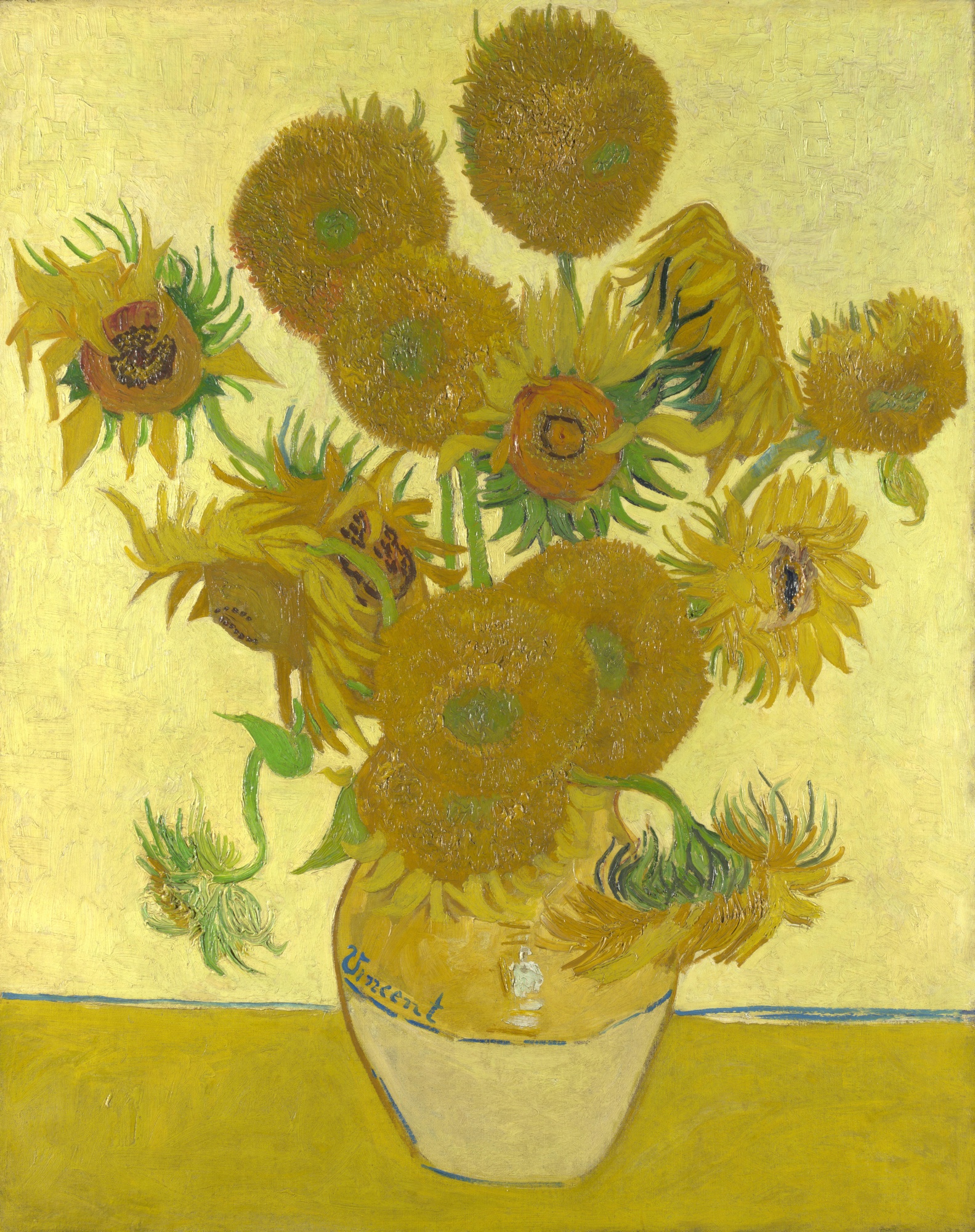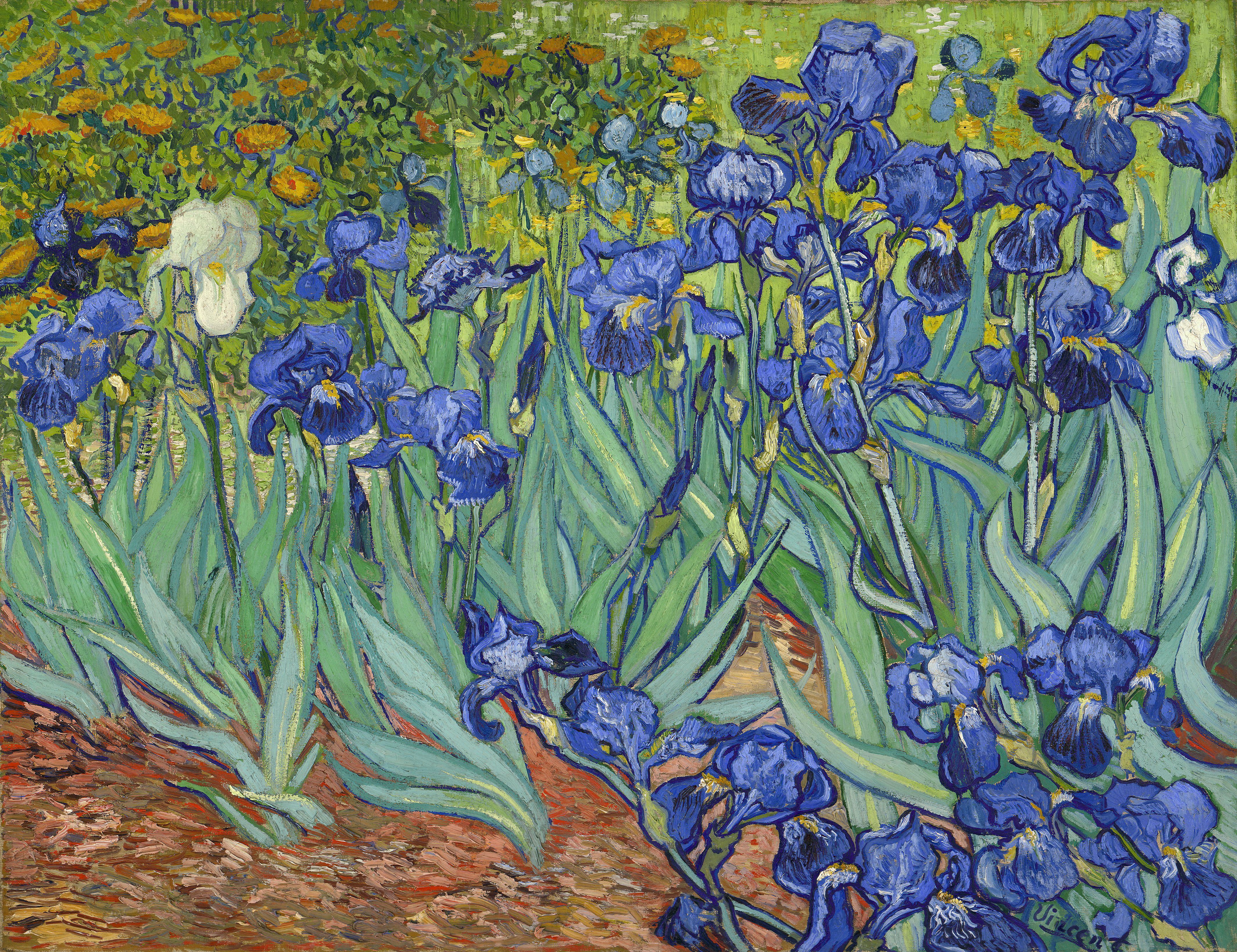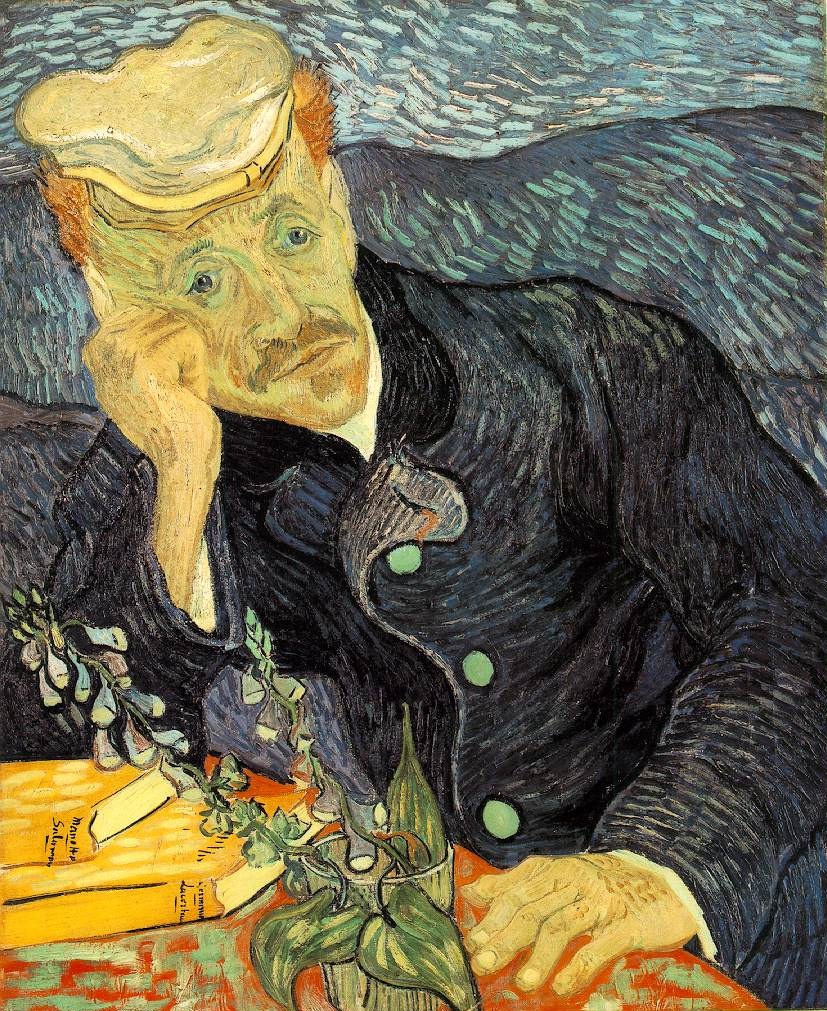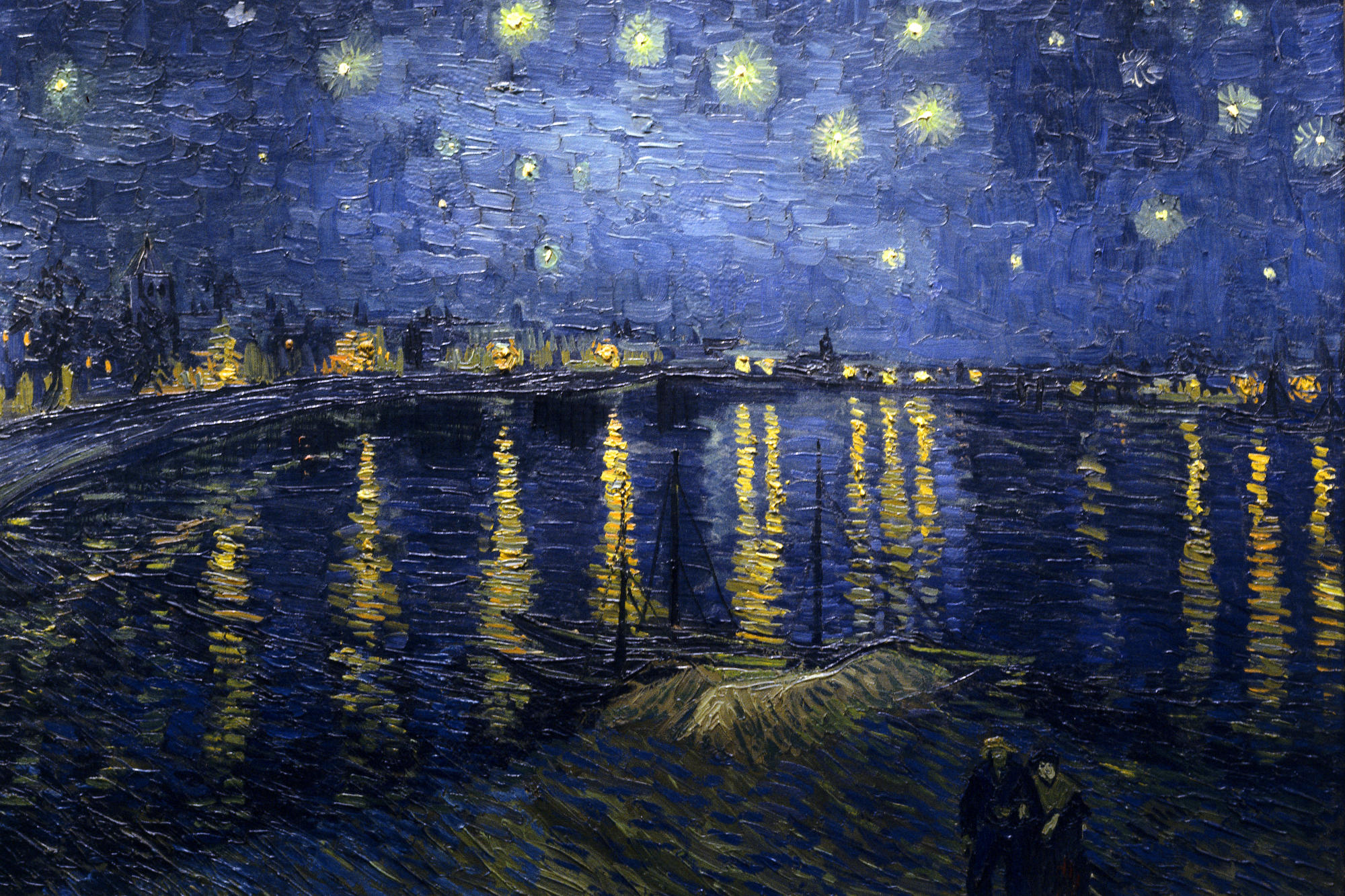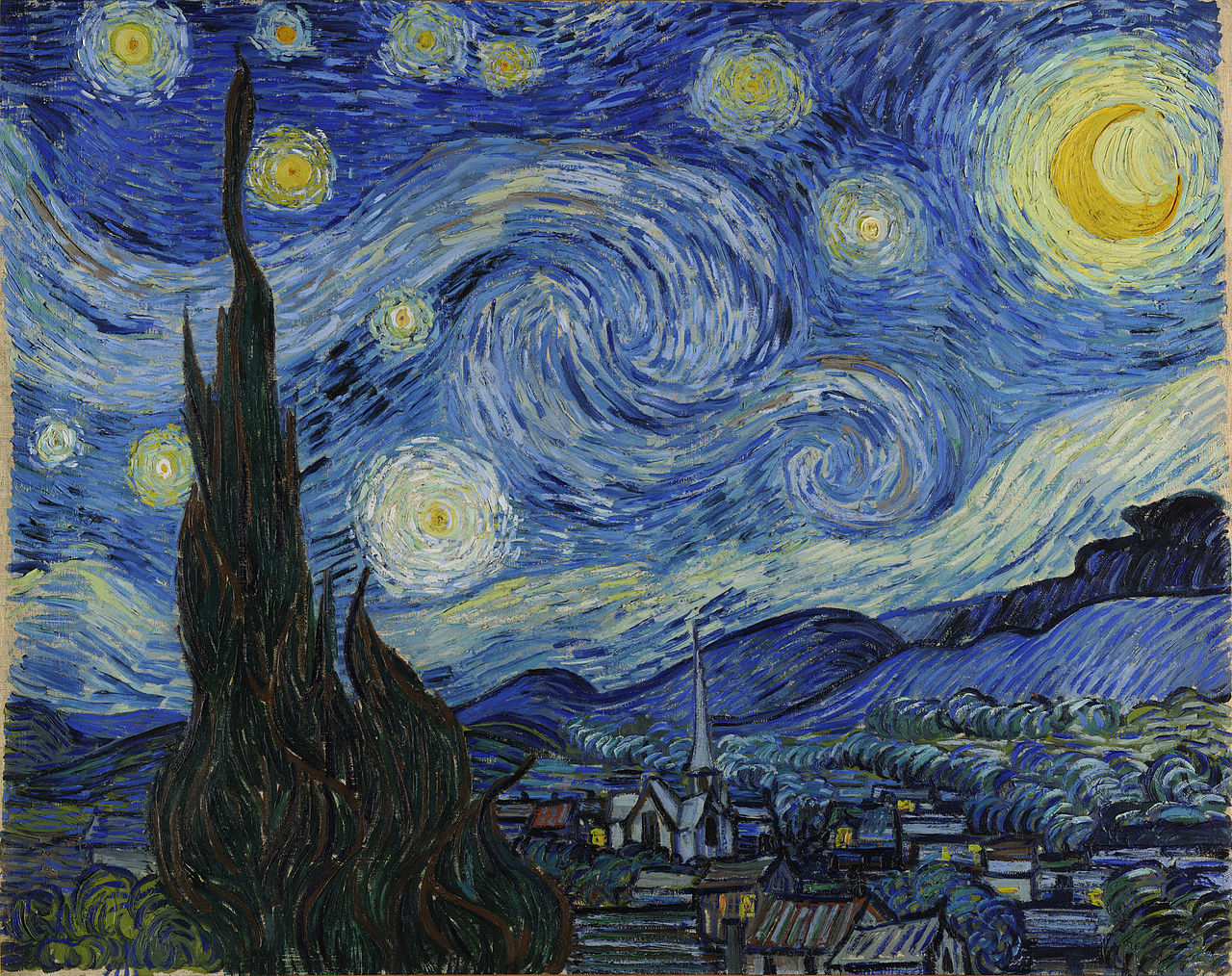Dutch painter Vincent van Gogh was a very miserable artist, who suffered from the cruelty of life. During his times, he drew thousands of paintings, but was able to sell only one (The Red Vineyard for 400 francs) and after his suicide (allegedly thinking himself as a failure) at the age of 37 the time and value of his art has changed in dramatic and drastic way. Few of his paintings have broken the record for highest selling paintings in history from time to time. And as his most of the paintings have found their homes and have become scarce to own, the prices are skyrocketing in any circumstances.
Though, it is not only about the fame and the money which is being stirred by his name in the modern art-world. People are also being concerned about his woeful life. They are talking about his interest in peasants at early stages, his dedicated love for a girl for whom he held his hand on the flame of a lamp, his mental stress and illness and most-recognizably the anecdote in which he cut off his own ear and later on drew self-portraits with bandage on the wounded ear. Anything with fame has to endure this stage. People talk about every little detail. They are keen to find and understand the life of the artist and why he got famous. Maybe there is a desire in everyone to be famous like them and that’s why they are always interested in famed personalities. Contradictorily, no one wants to suffer the hardships of life as the most famous persons had to bear to reach the stage. Well, that’s happens only in two cases: either you are extremely lucky throughout your life time or you are a character from a Disney fairytales. Apparently, Van Gogh wasn’t the case in either of the situation. He was a real person with real situations. And his real situations made him kill himself at the end.
Well, I can’t figure out why, but most of the popular artists have become popular after their deaths. Is death some kind of necessary element to gain recognition? Can’t everyone appreciate the art when the artists are alive? That could be much more encouraging for the artists of the future.
Nevertheless, Van Gogh’s name reached sky-high after 1950s when his paintings started to sell for spectacularly high-prices for the time. Though, he was not an over-night celebrity. His fame had grown gradually in his county and his country. But the big price tag on his paintings put him on the next level of the fame.
In The Legend of Vincent Van Gogh, we have chosen top paintings of Van Gogh which are considered legends in the present world and are inspirations to thousands of artist.
11. The Potato Eaters
The potato eaters is reckoned as the first major work by the artist completed in 1885 in Nuenen, Netherlands. It is from the period when van Gogh didn’t begin to produce the works of Impressionism and post-impressionism. The first glance at the work gives us the dark, gloomy images with weird-faced people eating potatoes around a table. Though, the gloomy depiction was intentional as van Gogh proclaimed that he wanted to describe the peasant in their real situations and deliberately chose pale colors and weak models. He researched for a lot of time on the peasants’ life-style and then accomplished in the manner he wanted to. After finishing it and showing to others, he wrote to his sister Willemina telling “What I think about my own work is that the painting of the peasants eating potatoes that I did in Nuenen is after all the best thing I did”.
10. The Sunflower Series
Van Gogh was attracted towards the still-life painting on different stages of his life. Initially, he started off drawing flowerpots, fruits and in later times he tended to draw bottles reflecting his vast drinking habit. The sunflower series is a little portion of that fascination. He drew more than 10 paintings depicting sunflowers in different angles. From a dopey to fresh sunflowers he depicted them in variety of forms. In modern times, his sunflowers series is so famous that one of the paintings titled Still life: Vase with Fifteen Sunflowers was sold for around 25 million pounds to a Japanese Insurance tycoon.
9. The Irises
One of the history’s priciest painting, The Irises was produced in 1889 in the asylum of Saint Remy, France. It depicts the some flowers of irises with a style influenced by Japanese art of Ukiyo-e Woodblock Prints (Ukiyo-e = Floating world). The art is characterized by its thick and clear linings, lack of importance about the direction of lights and the use of original colors. Van Gogh represents the same style merged with the impressionism. When his brother Theo presented the painting in the annual exhibition of Societe des Artistes he wrote about it in his latter in these terms.
“It strikes the eyes from afar. The Irises are a beautiful study of air and life.”
8. Wheat Fields with Cypresses
Executed in 1889 in the hospital of Arles, Wheat field with Cypresses is Van Gogh’s most famous work. In 1993 it was sold for $ 86.3 million to a multi-billionaire.
The brightly yellow wheat-field represents the extreme heat of the summer as he mentioned it in his letter to his brother Theo. But as we look at the sky, it reflects a more calm state than the heat of a summer. It also has a greenish color touch which is not absent in reality. The poppies in the foreground gives a perfect framing to the scene while the cypresses and a little cluster of olive trees in the middle of the wheat field gives the scene more natural aspects. Moreover, the mountain-line in the back also has the unnatural tone. Thus, by looking at a scene and depicting it by his own sensory to present a certain emotion, this painting becomes van Gogh’s true example of Impressionism.
7. Bedroom in Arles
Van Gogh created total of three paintings of his bedroom whiles his stay in Arles in his Yellow House. This is the first version painted with oil on canvas produced in October,1888, simply called Bedroom in Arles. It is the illustration of his bedroom in the same house which was not square but actually a trapezoid room. The right door led to the upper floor while the left room opened at the guest room where his friend Paul Gauguin stayed during his visit. It is suggested that it was this house where the first major stroke of van Gogh’s mental illness took control over his mind and in an unaware state he tried to attack on his Paul with a knife. But as Paul succeeded to save himself from the friendly assault, the attack resulted in Van Gogh cutting off a portion of his own ear. Later on, both kept quiet about the incident called as ‘pact of silence’. Thus, this room of the yellow house is significant part in artist’s life.
6. Sorrowing Old Man (‘At Eternity’s Gate’)
Completed just before two months of his stated suicide in a wheat field, Sorrowing Old Man could be interpreted as Van Gogh’s own sorrow for his failed (as he thought) life. It has its first version in 1882, when Van Gogh researched on war veterans and prisoner and chose them as the central subjects in his paintings. After 8 years, getting treated for mental illness, in Asylum of Saint Remy he recalled his rough draft and finished it before his death. The title perfectly fits for the artist’s own measurable life, which he considered as a failure.
5. Portrait of Dr. Gachet
Portrait of his last Doctor in Auvers who also happened to be one of his best friends later on, Van Gogh has deliberately depicted the doctor with despair and melancholy as he write about it in a letter to his brother, Theo. Reason to depict him in the melancholy could be understood, when we consider his ill-health in his last days. Just like most of his last paintings, this portrait also brought big amount money to the seller, reaching sky-high with a price-tag of $ 82.5 million in the year of 1990. Currently, the painting is possessed by a private collector.
4. Self-portrait without Beard
Van Gogh’s last self-portrait gifted to his mother on a birthday drew $ 71.5 million in 1998 in an auction. It is the only portrait in which Van Gogh’s depicted beard-less. That makes the portrait more unique than the rest of others. This is also one his painting in which he looks sane instead of aggression as some of his paintings shows. One little fact about his portraits is that the left side of his face is actually the right side as he used a mirror to draw himself.
3. Café Terrace at Night
A little café from Arles became the artist’s inspiration as he was wandering around the city. He drew this picture with his lately acquired Impressionism style which depicts bright and original colors. It also includes artist’s signature-style of depicting curvy lined night sky full of stars with unrealistically big auras around them. He used this unique style in his later works like Starry Night over the Rhone and The Starry Night. Impact of his work in world is both artistic and realistic as the painting encouraged many other artists while the real café got renovated to be look like the painting. The café is enormously famous in present time.
2. Starry Night over the Rhone
Capturing Arles’ river Rhone vividly on canvas, this painting is ranked among van Gogh’s well-received paintings. It emphasizes the relation between a river and a city with city’s lights reflecting on the smooth surface of the river. This reflection becomes the connection in the painting. There is also a love-connection going on at the foreground, where a couple is strolling on the beach. The blue night-sky shows The Great bear or the Ursa Major constellation, which is a displacement from the reality for artistic beauty.
1. The Starry Night
The Starry Night is Van Gogh’s most famous picture even though not being as the most expensive one. It has been a major inspiration to thousands of modern artists, some of which has painted their own versions of it. It features the scenario artist had from the windows of Asylum at the Saint Remy’s. It also represents Van Gogh’s love for nocturnal beauty. Executed in his last years, starry night encompasses all his abilities as a painter which he acquired through-out his art-oriented life.
This list is not even the top of the iceberg in Vincent Van Gogh’s skillfully produced oeuvre. Other notable mentions are Almond Blossoms, The Red Vineyard (The only painting he sold in his life) and Portrait of Joseph Roulin. The artist produced more than 2000 art-works in the time of the last ten years before his tragic end in 1890.


